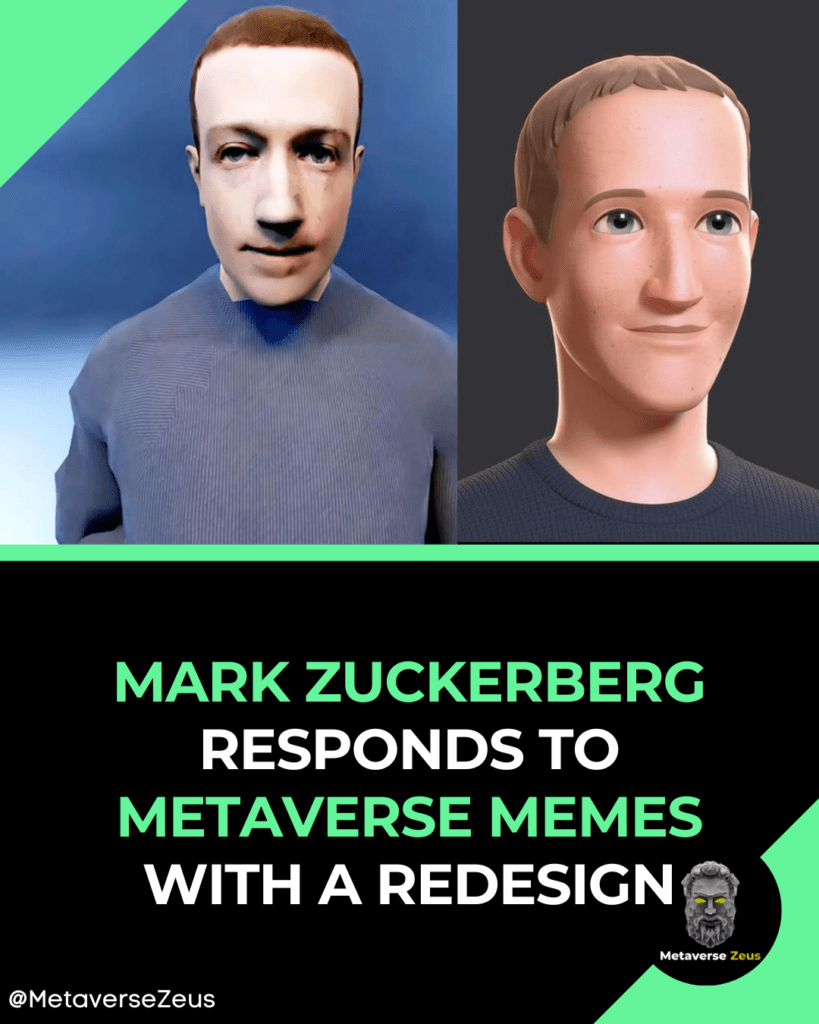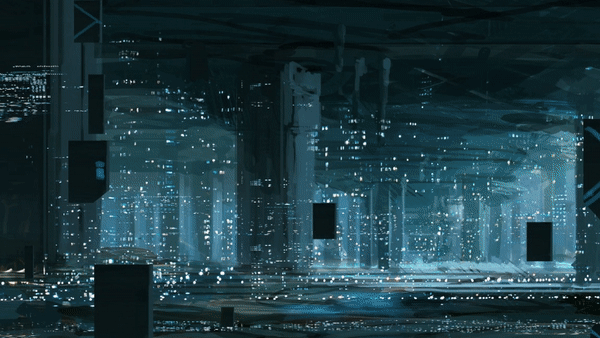Why Are Metaverse Graphics So Bad?

The fundamental goal of the network of virtual environments known as Metaverse is to foster social interaction. To establish online places for interaction, it makes use of permanent virtual worlds, blockchain, and augmented reality. Mobile internet, as well as headsets for augmented and virtual reality, help with this.
Although Meta claims that the Metaverse is where we will live in the future, the visuals still need a lot of work.
Why do you think the graphics in virtual worlds like Second Life, Minecraft, or Roblox are so bad?
These virtual words have been plagued by this frequent query for many years. The promise made in Second Life 20 years ago is finally starting as the persistent digital environment of the Metaverse becomes more widely accepted.
The widespread press and hype around the Metaverse would lead the typical individual to believe that preparations should be made for a life spent constantly donning a VR headset.
Major Problems of the Metaverse
The only issue is that the graphics of the platforms that are being heralded as the future are on par with—if not worse than—those of second life, an application that is 20 years old.
People chuckled at the idea a few weeks ago when Meta announced that their metaverse platform Horizon Worlds would launch in France and Spain. The CEO Mark Zuckerberg’s “dead-eyed” cartoon avatars with no legs received the majority of the criticism. This prompted an immediate overhaul.
Not just the large, well-established tech companies are suffering. Additionally, Web3 metaverse platforms like Decentralized graphics have drawn criticism from some quarters.

That may be the case for a number of reasons, and different systems provide different explanations depending on how well their graphics are designed.
1. Consumption of Processing Power & Superfast Intrnet Speeds

The fact that real-time rendering of visuals requires a lot of processing power and extremely fast internet rates, neither of which are constantly available to users, is one of the main issues with the metaverse at the moment. Metaverses frequently utilize visuals with a bigger brush since they have trouble displaying graphics with a lot of detail due to graphics cards and internet connection speeds.
2. Resembles a Cartoon is Preferable

There is also the argument that a metaverse that resembles a cartoon is preferable to one that most closely resembles real life but contains some serious problems.
3. Video Games Already Use the Idea

The concept of the “uncanny valley,” where graphics are almost perfect yet include one defect that unnerves viewers, is already used in video games. Furthermore, there are simply too many things that could go wrong and give consumers the impression that they are in the “uncanny valley” in a setting where everything is shown in real-time and users can essentially make any decision they want.
4. MMOs

Because metaverses are designed to be considerably more open-world, their graphics are frequently inferior than those of MMOs. Like in video games, the Metaverse doesn’t merely let users execute a set of pre-programmed commands. Instead, it has an infinite array of choices that aren’t able to be pre-rendered and used afterwards.
A Problem with Legs

Legs pose a particularly challenging problem.
According to Andrew Bosworth, then-vice president of Reality Labs at Meta and currently its chief technical officer, legs are “very hard and basically not practical purely from a physics sense with existing headsets” for metaverses based around virtual reality interfaces.
Gijs Den Butter of SenseGlove, a Dutch business that creates haptic feedback gloves and other gadgets that will play a significant role in the metaverse—should we ever completely occupy it—says, “It’s a hardware challenge. Manufacturers have headsets with controllers or hand tracking on this occasion, and that is what our computer is for the metaverse, he claims. “As it stands now, it lacks legs because the hardware can see your hands,”
This is challenging since the body tracking algorithms used to determine where you are in the metaverse need information from body parts they can see, which, as anyone who has stood straight and looked straight ahead knows, excludes the legs. As a result, the computers trying to create the metaverse’s digital representation of your body lack legs.
For the time being, completely immersive VR is less of an issue for crypto-based metaverses like Decentraland and The Sandbox, which mostly rely on browser- or desktop-based interfaces.
Weronika Marciniak, a Hong Kong-based metaverse architect at Future Is Meta, claims that “it’s really Facebook/Meta and Microsoft—these immersive platforms” that lack avatars with legs. The majority of virtual worlds, including VRChat, Decentraland, Sandbox, and others, display avatars with legs.
Den Butter asserts that a lack of processing power is not the source of the big popular metaverse platforms’ lack of legs. According to him, “Legs, like other moving things, are essentially built out of a kinematic model.” Legs only require processing a small number of points, however hands require processing quite a few points in their mathematical models.
According to him, existing, low-end hardware like an Azure Connect or Wii Camera could analyse the necessary data points, thus either locally or through edge computing, transmitting and processing that data to render in the metaverse isn’t likely to create too much delays.
Instead, he and Marciniak attribute a lack of legs to technology constraints, particularly a lack of visibility from current head-worn devices.
But that’s probably going to change shortly. Marciniak thinks that Nike’s purchase of RTFKT in December 2021 may have been the first step toward controls for our feet that are akin to headphones. She speculates that they may be developing actual shoes or socks with sensors that would be linked to VR headsets.
According to Rob Whitehead, co-founder and chief product officer of Improbable, “We don’t just throw a platform in the way of our partners.” They collaborate with partners to design what they desire from the metaverse. There are some incredible ideas, but they appear to have been created by taking an app and trying to turn it into a metaverse, he claims. It may appear sophisticated, but our expertise is in taking real-world situations and turning them into metaverse games.
Improbable’s co-founder and chief product officer, Rob Whitehead, says that the company “doesn’t just throw a platform in the way of our partners.” To create what they want from the metaverse, they work together with partners. There are some amazing concepts, but they seem to have been developed by trying to transform an app into a metaverse, according to him. Although it might seem complicated, our expertise is in transforming real-world circumstances into metaverse games.
Another question entirely is whether other metaverses will reconsider how they handle images. But if the metaverse is to gain the widespread acceptance that its proponents desire, this is a topic that is going to grow more and more important.
Author


